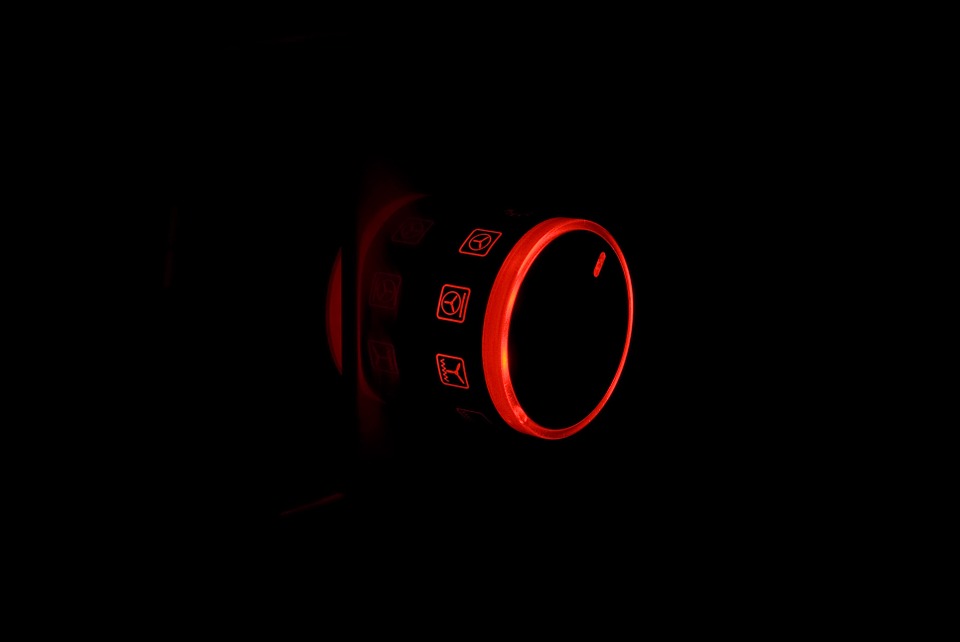Have you lost that oven feeling? You’re not alone.
A dodgy cooking appliance can quickly turn a simple meal into a vengeful voyage of four-letter words.
Don’t fall foul to a faulty thermostat. Turn up the heat and save your kitchen compadre from a premature pilgrimage to the scrapyard with these tips on how to fix an oven knob.

Oven knob problems
When it comes to oven knob issues, two of the most common problems are either that the knob won’t turn at all or that the oven knob turns but won’t register when it does.
If this is sounds like your dilemma, you’ve come to the right place!
So, don’t reach for the nearest hammer and slip into “Hulk Smash” mode just yet – there are still plenty of options available.
How to fix an oven knob
While it might seem like a minor issue, a stiff oven knob can cause a number of problems in the kitchen, particularly when it comes to food preparation. Nobody wants to rely on toast and microwave meals for the foreseeable future, so fixing the oven is paramount.
To get to the root of the problem before you begin, your first port of call should be removing the knob handle. The problem is likely to lie in either the peg shaft or the knob cap itself and this should settle the argument immediately.
However, while getting to the crux of the matter can be as easy as removing the cap, it can also lead to additional issues, if done incorrectly. Careless fiddling can result in a whole host of other knob-related problems, so be sure to take time and care.
How to remove an oven knob
Gently prise off the cap of your oven knob, placing your thumb on the front. If the cap is putting up a fight, try to ease it off with a butter knife on either side.
Once you’ve successfully removed the knob from your appliance, you can now inspect the shaft for damage. Without the casing, this should resemble a small peg protruding from the cooker front.
Using a pair of pliers, you can now attempt to turn the peg manually to change the temperature. If the peg now turns and works successfully, your problem lies in the knob itself (which can simply be replaced).
However, if it turns and still doesn’t register the temperature change, your problem likely lies within the thermostat or the oven wiring and will need professional attention.
How to fix a broken oven knob shaft
If you’ve followed the above steps and the peg still remains motionless, it could be a sign that the shaft has seized up. Should this be the case, WD40 is a handy weapon to have at your disposal.
Apply the WD40 to the peg and leave to soak in, ensuring the peg is well lubricated. Next, gently turn the peg, without applying too much force to avoid snapping. If the dial still won’t budge, it may be time to admit defeat and call in a pro.
What to do if your oven won’t turn off
If the oven knob is stuck in the “on” position, the number one priority on your mind before anything else will probably be turning the oven off safely.
A faulty oven knob can prove dangerous if it means you can no longer turn your oven off. As such, it’s important to know how to manually disconnect your oven, should the situation arise.
Disconnecting an electric oven
Some electric ovens will have a wall fitting that can allow you to simply shut off the power at the flick of a switch. However, this isn’t always the case, especially if you have a built-in wall oven.
If you don’t have a wall switch, you may need to check the cabinet under the oven and cut the power via the oven’s fuse box.
Disconnecting a gas oven
For gas ovens, you will have to manually turn off the gas. While this may seem like a precursor to an explosive scene from EastEnders, it’s actually a lot easier and less daunting than it sounds – luckily, with far less fireworks attached.
Gas supply valves are typically located behind or beneath the oven. All you need to do is gently pull the stove away from the wall enough to see the shut-off valve (usually painted red or yellow for easy identification). Simply turn the valve 90 degrees to the off position, stopping the flow of gas instantly.
If your oven knob needs replacing, head over to our dedicated cooker knobs page for our full range of replacement cooker knobs caps. If you’re still having issues with your oven knob that haven’t been rectified by the suggestions above, feel free to drop us a line on 02920 452 510 or send us an enquiry using the button below.
Get in Touch